1. Creamy Dishes
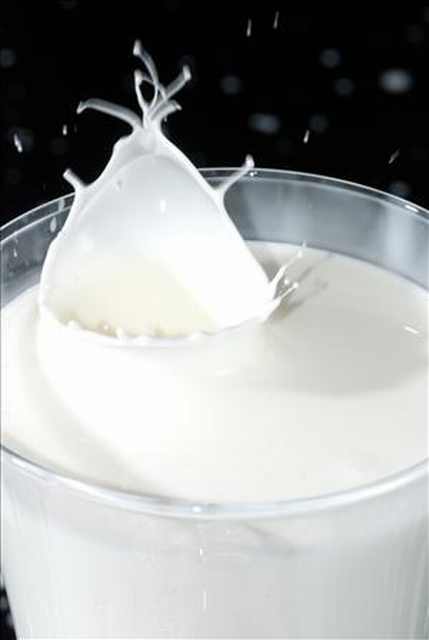
Don't we all just love creamy macaroni and cheese or fettuccine alfredo! These delicious dishes are full of cream and butter that is sure to show up on your waistline later. Instead, ditch the heavy cream and try using low-fat milk that's thickened with flour. This substitute for heavy cream could save you up t0 680 calories and 53 grams of saturated fat! We'd say, its worth a little extra work!
For your cream substitute (one cup of cream):
1 cup of low-fat milk
4 tablespoons of all-purpose flour
Combine the two ingredients and whisk them together in a small pot over medium heat until it begins to thicken and bubble.
2. Cook With Less Oil
There are cooks out there, and many of them we might add, that like to douse their dishes in oil to keep them from burning. However, even extra-virgin olive oil and canola oils can be high in calories, about 120 on average per tablespoon, so it is best to cut down on your use of oils. Add less oil to your sauté, salad or soup recipe, and try using cast-iron, non-stick or enamel-coated skillets that will allow you to use much less oil.
3. Gone with the Grease
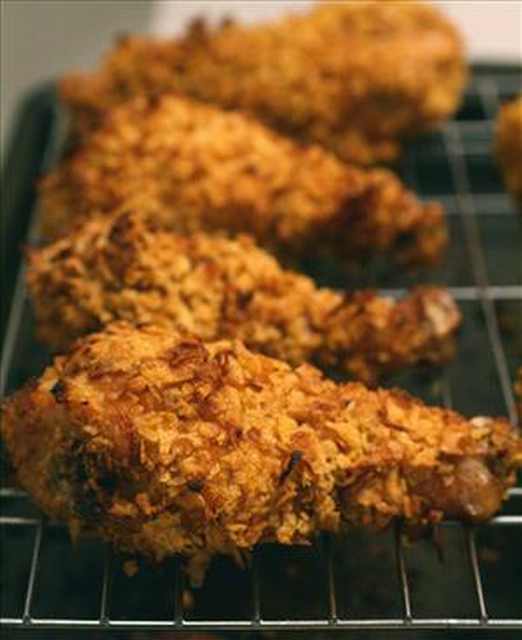
What a good piece of fried chicken couldn't solve. Most fried foods are deep fried in more oil that is bad for your health. However, there is a healthier way to achieve that crispy crunch you are after that involves much less oil! Try baking your 'fried' chicken in the oven, and you will hardly notice a difference!
Oven-fried chicken:
Dip the chicken, fish, or vegetables that you want to use in milk, buttermilk or egg to wet them. Then, over the chicken all over with breadcrumbs and finish off by coating with a thin layer of canola or olive oil cooking spray. Place the chicken on a wire rack set on a baking sheet at bake at 425 degrees Fahrenheit (218 degrees Celsius) until the chicken is crispy (about 20-25 minutes). Just two pieces of this delicious oven-fried chicken has 40 percent fewer calories!
4. Lowering Your Salt Intake
For some, a meal is not complete without a shake or two from the salt shaker. Yet this condiment is renowned as our blood pressure's worst enemy and can cause you a number of health problems down the line. Instead of searching for salt, try adding a dash of lemon or lime, or even some fresh herbs to your dish instead. Also, make sure that you are buying the low-sodium option in soups and canned products, because they really back in the salt. When baking, see if you can do without the salt entirely, or use half the require amount.
5. Using Whole Grains in Baked Goods
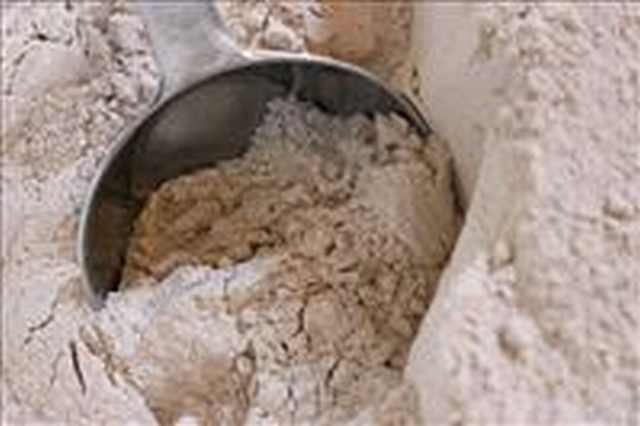
Although we've warned you before about some of the dangers of whole grains, when baking whole grain flour is by far healthier than all-purpose flour. Whole grain flour contains 12 more grams of fiber per cup, and if you don't eat enough fiber-rich foods, your favorite baked good may be the only way to get it. It also contains essential vitamins like B, zinc and magnesium that are important for your health. Use regular whole wheat flour or a white-whole wheat mix in muffins, breads, hearty cookies (even chocolate chip). Finer texture whole wheat pastry flour is best for cakes, pie crusts and delicate cookies.
6. Oil, Not Butter
Although we mentioned above that its best to limit as much as possible your oil intake, one thing that's for sure is that oil is much healthier than butter. In fact, one tablespoon of butter has seven times more saturated fat than oil! If your favorite recipe calls for butter, try substituting half of the butter with oil, or the entire amount with rich coconut oil that has the consistency of butter. Your waistline will thank you later!
7. Try Egg Whites
Eggs are healthy, but their yolks tend to be high in cholesterol. Instead, try using egg whites which have only 16 calories and 0 grams of fat in comparison to regular eggs that have 54 calories and 5 grams of fat. You can use 2 egg whites instead of a regular egg in almost any recipe, and they make great omelets in the morning!
8. Make Your Own Ice cream
We all scream for ice cream! This favorite sweet treat is, sorry to say, packed with sugar, fat and everything in between. In fact, nutritionists believe that the fat content of ice cream can remain in your gut for up to a month after you consume it! Instead, trying making your ice cream at home - it's super simple and does not require and ice cream maker. This homemade ice cream will cut about 90 calories and 10 grams of saturated fat in a 1/2 cup serving!
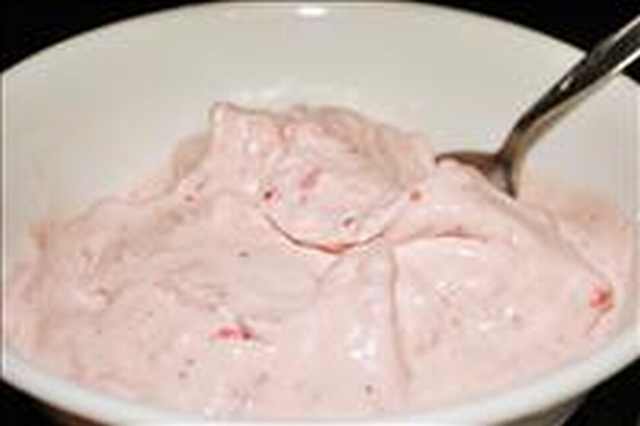
Blend low-fat milk together with your favorite flavor of gelatin. Freeze the mixture overnight, and eat the next day with a smile on your face.
9. Make Your Meat Satisfying
If just a hamburger isn't enough and you must have the fries, there are still ways to get around your craving. Try making ground meat dishes like hamburgers, meatloaf and meatballs by adding whole grains (like bulgur wheat or brown rice) or even some chopped vegetables to get some extra nutrients in. Add about 3/4 cup to 1 cup cooked grains for every pound of meat. We promise that you won't taste a difference, but you will feel fuller!
10. Cheesy Goodness!
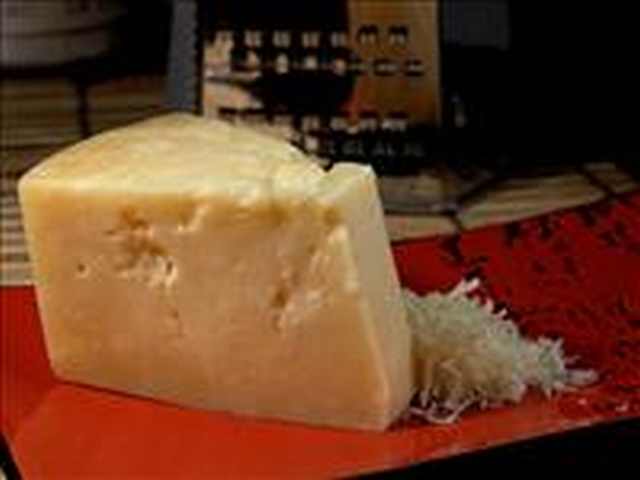 Oh cheese is simply the invention of the gods. But it is terribly high in fat and can even make us feel sick if we eat too much of it. Instead of using fatty cheeses like brie or blue cheese, use bolder-tasting cheese like Parmigiano-Reggiano, cheddar or goat cheese that have less fat and give you lots more flavor. Oh cheese is simply the invention of the gods. But it is terribly high in fat and can even make us feel sick if we eat too much of it. Instead of using fatty cheeses like brie or blue cheese, use bolder-tasting cheese like Parmigiano-Reggiano, cheddar or goat cheese that have less fat and give you lots more flavor.
|


